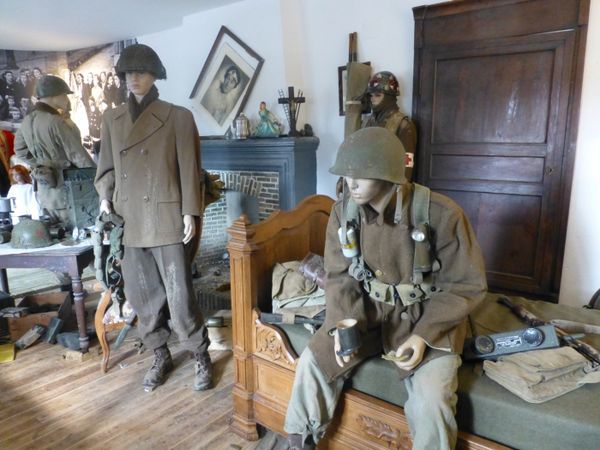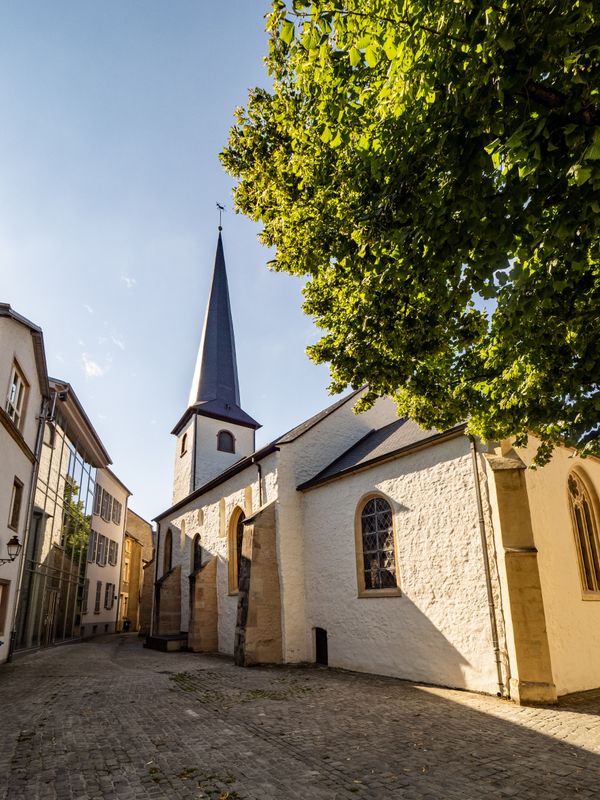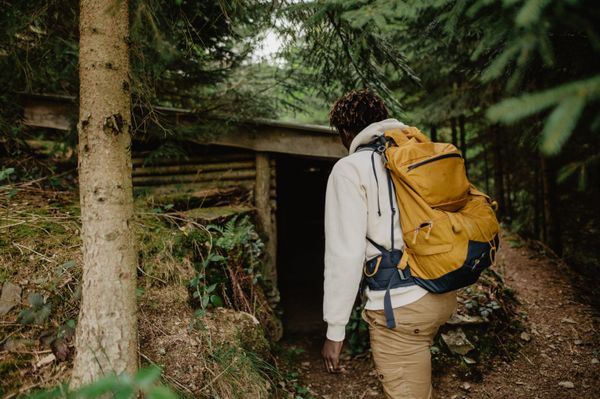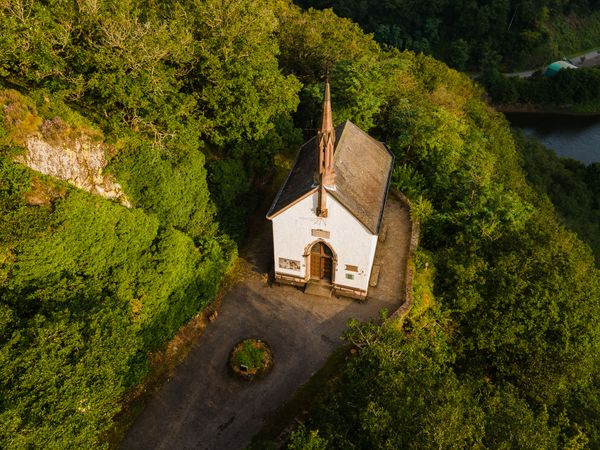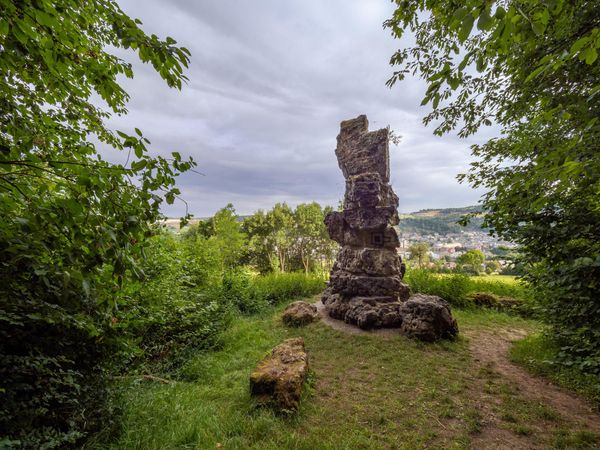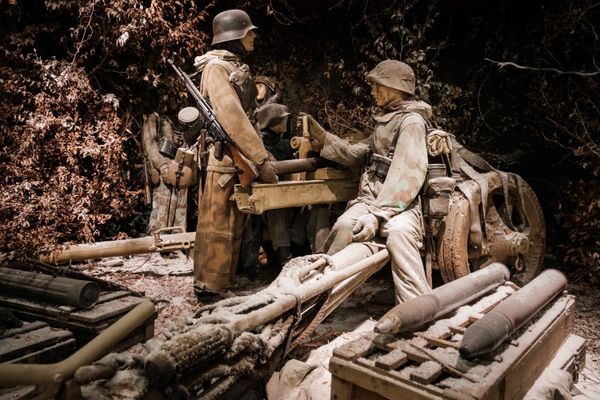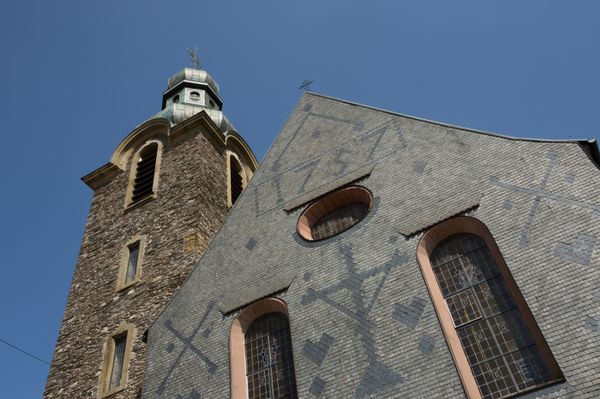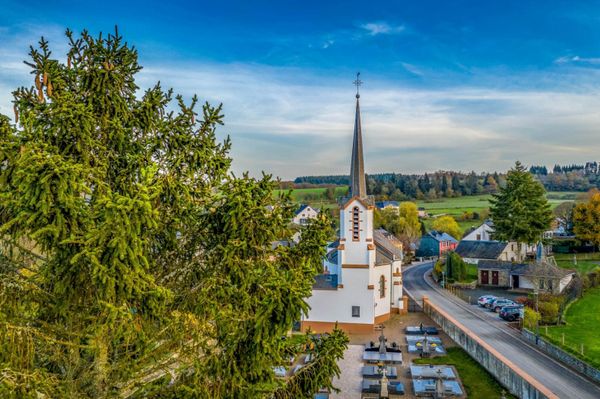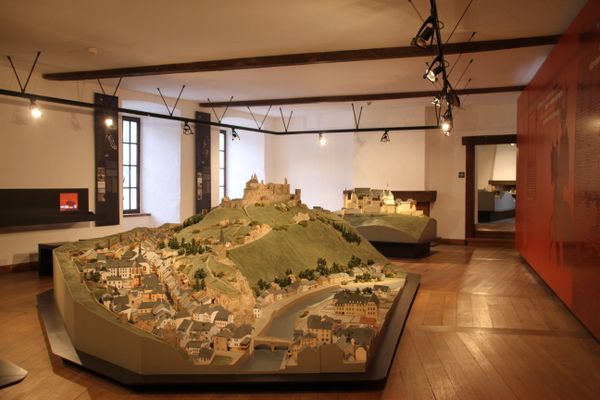
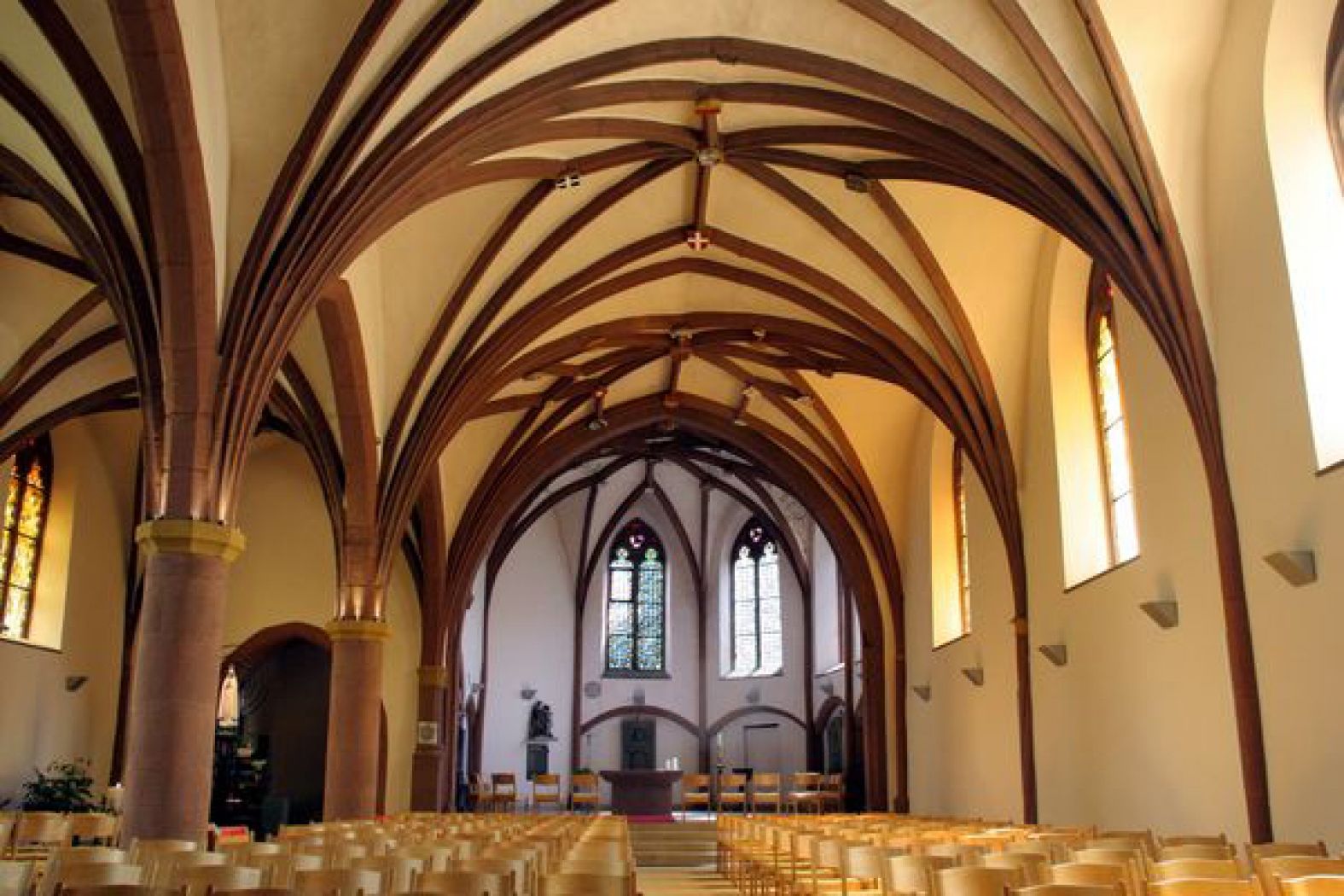
Decanal church
Where? Place des Tilleuls, L-9575 Wiltz
The Wiltz Deanery Church has two naves and was built at many periods, repeatedly destroyed, enlarged and altered. A visit provides an insight into the building's turbulent past.
The base of the tower may have been built as a Roman watchtower around the year 300. It seems to have stood alone as a tower at first, and only later became the choir of the first church.The present old part of the church dates from 1510. The roof of the church tower was also built in the same year. In the basement of the tower was the burial chamber of the castle family. The Niederwiltz tower clock was already working 300 years ago. The two side altars, which were built as guild altars in 1720 and 1722, and the old sermon seat are remarkable. The burial chamber of the castle family was first opened in 1844. Two coffins and the bones of four dead people were found in the 12 x 8 x 5.5 foot vault.The tomb was opened a second time in 1859 and after everything had been recorded, it was closed again. When the church was rebuilt in 1937.1938, all the bones found in the former cemetery were poured into this tomb, which was thus largely filled. The nobility was now united with the people. In 1968, all the bones were moved to the new cemetery and the old church, which had been badly damaged in the Battle of the Bulge and rebuilt in 1946, was renovated. Inside, you can admire some tombstones of the nobles of Wiltz.
Opening hours

